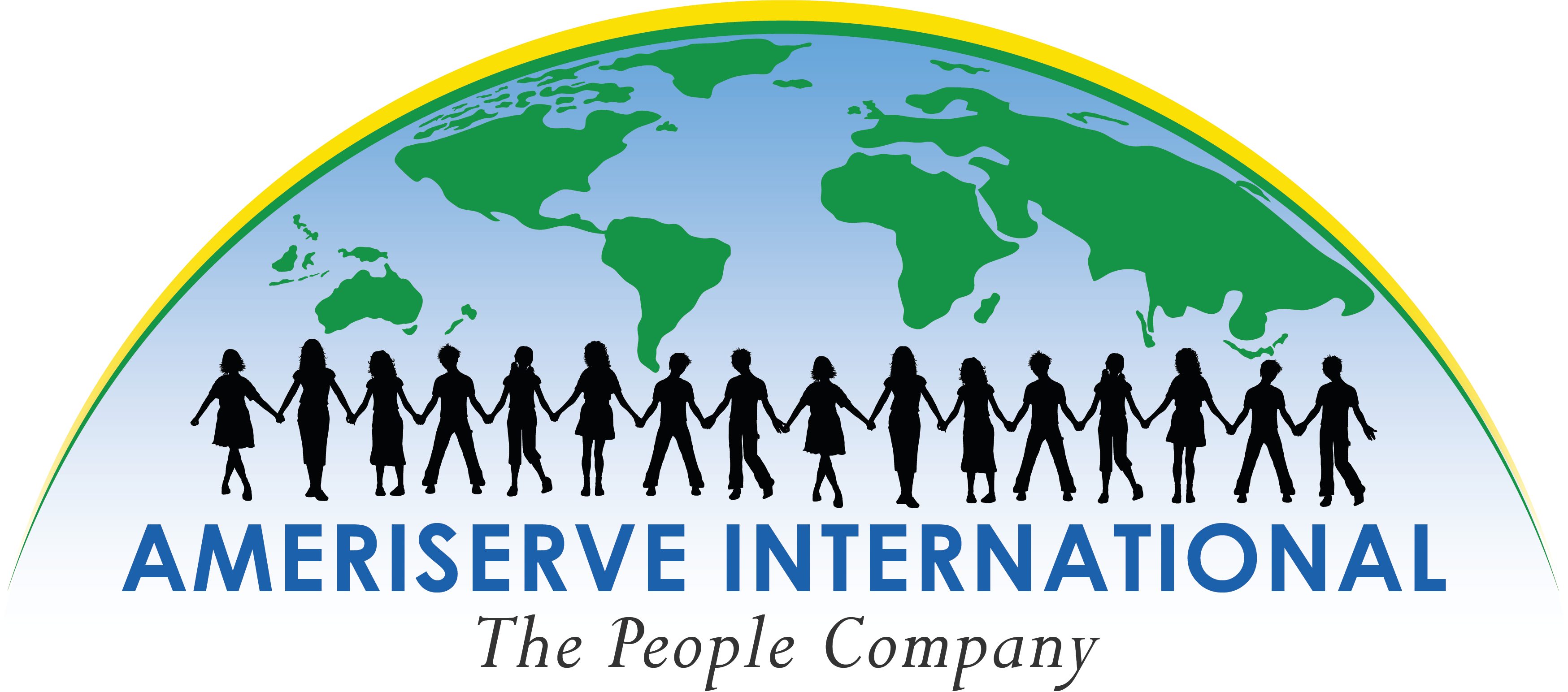The Importance of Community Integration for Individuals with Disabilities
Explore the importance of community integration for individuals with disabilities. Learn how inclusion enhances independence, social skills, and overall quality of life.
Community integration is a fundamental aspect of ensuring that individuals with disabilities lead fulfilling and independent lives. By fostering inclusion and participation in community activities, we can enhance the overall well-being and social skills of those with disabilities. This blog post will delve into the importance of community integration and provide insights into how it can be achieved effectively.
Understanding Community Integration
What is Community Integration? Community integration involves ensuring that individuals with disabilities have equal opportunities to participate in all aspects of community life. This includes access to education, employment, social activities, and public services.
Why is Community Integration Important? It is crucial because it promotes equality, reduces isolation, and empowers individuals with disabilities to contribute to and benefit from their communities. Integration supports personal development and enhances the quality of life.
Benefits of Community Integration
Enhanced Social Skills Engaging in community activities helps individuals with disabilities develop and improve their social skills. Interacting with diverse groups fosters communication, empathy, and relationship-building.
Increased Independence Community integration promotes independence by encouraging individuals to navigate social settings, access services, and participate in decision-making processes.
Improved Mental Health Being part of a community can significantly improve mental health by reducing feelings of isolation and loneliness. It provides a sense of belonging and purpose.
Access to Resources and Opportunities Integrated communities ensure that individuals with disabilities have access to various resources, such as educational programs, employment opportunities, and recreational activities.
Fostering Inclusivity and Diversity Community integration promotes a culture of inclusivity and diversity, enriching the community by valuing and utilizing the strengths and perspectives of all its members.
How to Promote Community Integration
Creating Inclusive Environments
- Accessible Facilities: Ensure public spaces, workplaces, and recreational areas are accessible to individuals with disabilities.
- Inclusive Programs: Develop programs and activities that cater to diverse needs and abilities.
Encouraging Participation in Social Activities
- Community Events: Organize and promote events that are inclusive and welcoming to all community members.
- Clubs and Groups: Encourage the formation of clubs and groups that focus on shared interests and hobbies, providing a platform for social interaction.
Supporting Employment Opportunities
- Vocational Training: Provide training and support to help individuals with disabilities develop job skills and find employment.
- Inclusive Workplaces: Encourage businesses to create inclusive work environments that accommodate and support employees with disabilities.
Educational Inclusion
- Inclusive Education: Advocate for inclusive education systems that integrate students with disabilities into mainstream classrooms.
- Support Services: Provide necessary support services, such as aides and adaptive technology, to ensure educational success.
Overcoming Barriers to Integration
Addressing Physical Barriers
- Accessibility Modifications: Implement modifications to public and private spaces to ensure accessibility, such as ramps, elevators, and accessible restrooms.
Challenging Social Stigmas
- Awareness Campaigns: Conduct campaigns to raise awareness about disabilities and promote understanding and acceptance.
- Education and Training: Provide education and training for community members to reduce prejudice and encourage supportive behavior.
Providing Adequate Support Services
- Transportation Services: Offer accessible transportation options to enable individuals with disabilities to participate in community activities.
- Personal Assistance: Ensure access to personal assistance services for those who need help with daily activities.
The Role of Families and Caregivers
Advocating for Inclusion Families and caregivers play a crucial role in advocating for the rights and inclusion of individuals with disabilities. They can:
- Engage with Community Leaders: Work with local authorities and community leaders to promote inclusive policies and practices.
- Support Participation: Encourage and support their loved ones in participating in community activities.
Providing Emotional Support Families and caregivers provide essential emotional support, helping individuals build confidence and resilience as they navigate community integration.
FAQ
What is community integration for individuals with disabilities? Community integration ensures that individuals with disabilities have equal opportunities to participate in all aspects of community life, including education, employment, and social activities.
Why is community integration important? It promotes equality, reduces isolation, enhances social skills, and improves the quality of life for individuals with disabilities.
How can communities promote inclusion? Communities can promote inclusion by creating accessible environments, encouraging participation in social activities, supporting employment opportunities, and advocating for inclusive education.
What are common barriers to community integration? Common barriers include physical inaccessibility, social stigmas, and a lack of adequate support services.
How can families and caregivers support community integration? They can advocate for inclusive policies, support their loved ones’ participation in community activities, and provide essential emotional support.
What are the benefits of community integration? Benefits include enhanced social skills, increased independence, improved mental health, access to resources and opportunities, and fostering inclusivity and diversity.
Conclusion
Community integration is essential for the well-being and development of individuals with disabilities. By promoting inclusive environments, supporting participation, and overcoming barriers, we can create communities where everyone has the opportunity to thrive. Families, caregivers, and community members all play a vital role in this process, ensuring that individuals with disabilities can lead fulfilling and independent lives.
